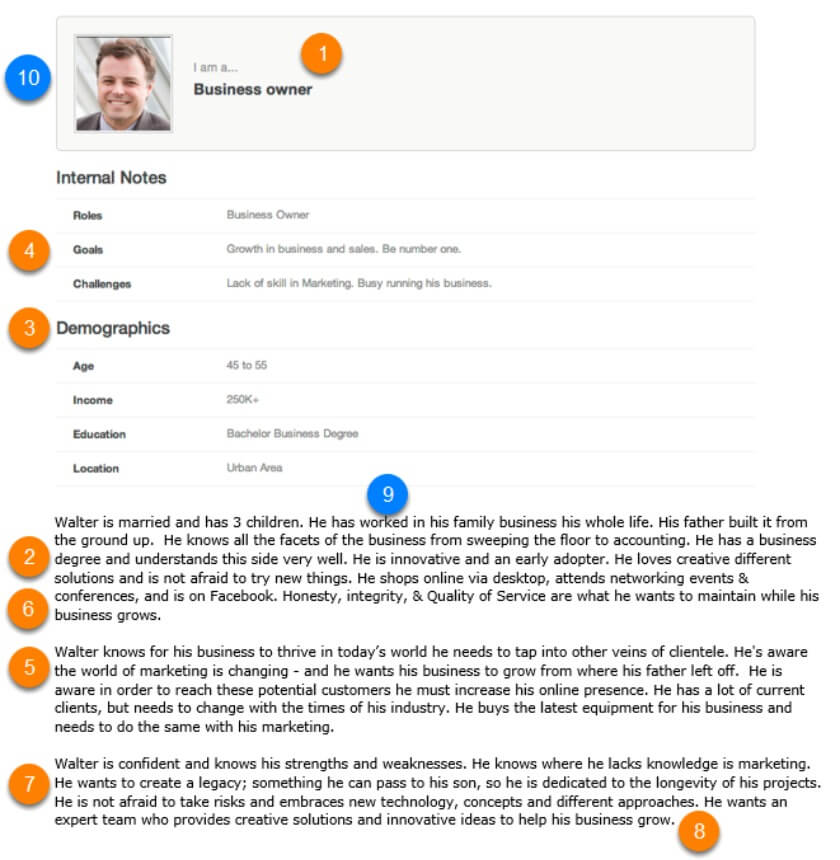In a fiercely competitive marketplace, high costs of customer acquisition due to extended sales cycles and low advertising ROI are commonplace. As a result, sales teams need to direct their efforts towards increasing the customer lifetime value to offset rising customer acquisition costs. Sales intelligence is helping sales and marketing teams fulfill this objective. By obtaining key insights at each stage of the sales cycle, sales executives can be more strategic in prospecting and engaging with decision-makers. This article explains how.
What is sales intelligence?
Sales intelligence is the information relevant to sales teams to help them win customers. It blends market research to provide insights on businesses and prospects allowing salespersons to reach the right prospects with the right message at the right time. So, from prospect identification to lead generation and ultimately conversion – throughout the sales funnel, sales intelligence can help you:
- Define the market opportunity and identify companies to target
- Understand the needs, goals, and challenges of your target audience
- Identify decision-makers and how to make effective conversations with them
- Establish value propositions and key selling points
- Better handle and overcome sales objections
Equipped with such high-quality insights, you can communicate with prospects more effectively, stand apart from competitors, and maximize the chances of closing deals. Moreover, sales professionals can build and sustain the right customer relationships by employing sales intelligence. Here’s how:
1. Define customer/buyer personas accurately
Having an accurate picture of your customers is imperative for effective sales and marketing. With sales intelligence, you can know your prospects inside out. Deep sales insights into your target audience’s needs, responsibilities, challenges, as well as capabilities they look for while evaluating vendors can help you build accurate personas and establish value propositions that resonate.
Research-backed buyer personas can help the sales team build rapport with potential customers and create effective marketing campaigns. Take a look at this visual buyer persona example:

Sales intelligence helps you focus on the following ten aspects (as marked in the image) to define the buyer persona accurately – creating a semi-fictional character, day in their life, demographic background and behavior, personas’ goals, key pain points, their preferred process to search information or content, their objectives, common objections, story format, and their image. This can also support the marketing function in building collateral that adds value.
Furthermore, buyer personas shouldn’t be static documents. For them to evolve as you learn more about your customers, using timely sales intelligence can help integrate new insights along the way. This is critical to your efforts to attract and retain high-value customers.
2. Identify sales triggers to approach prospects at the right time
Timing in sales is everything. Besides, sales professionals find establishing urgency as the single biggest challenge. Businesses that identify sales triggers and present their offers to the customer at the right time – with the most convincing sales arguments – have the best chance of closing a deal.
Spotting opportunities or threats that could impact your sales pipeline is crucial. Sales intelligence solutions allow businesses to use a trigger event as the perfect conversational opener while pitching to a potential customer. For example, a new product launch or the news about company expansion – these sales triggers can be used to approach new customers or improve the existing business relationships. This information can be obtained from:
- Recent events and business news including press releases
- Website blogs
- Newsletters, reports, whitepapers, and case studies
- Social media profiles on LinkedIn, Facebook, Twitter, and Glassdoor (monitoring recruitment drives, customer reviews, trending hashtags)
- Corporate information from reputable sources such as Experian and Crunchbase among others (uncovering key financials, insights into growth)
Tracking and analyzing such a vast sea of data can clash with the urgency of reaching out to sales prospects. Hence, with the right research partner, it is possible to draw insights from vast amounts of publicly available data without spending valuable sales rep time.
3. Drive purposeful sales conversations with battle cards
Battle cards provide the arsenal sales reps need when speaking with prospects. It contains information about the products or services they are selling, how they compare with competing offerings and alternatives in the market and counterarguments to potential objections. Moreover, with several companies competing for the same project, competitive battle cards are a handy tool to help salespersons improve their odds of winning the sale.
Sales intelligence can help businesses create well-researched battle cards. They effectively communicate a company’s value proposition and push an insightful discourse with potential customers. A great sales battle card includes:
- Customer level differentiation: Aligns the benefits of the offering to customer needs in addition to market and industry information
- Product-level differentiation: Highlights the solution’s unique selling point and value additions
- Social proof: Presents quantifiable benefits achieved by clients, testimonials, and product reviews.
- Objection handling: Provides a comparative representation of the offering based on several parameters such as product features, functionalities, and its value.
4. Expand into whale accounts with strategic ABM
In the last few years, Account-Based Marketing (ABM) has shot up in popularity as it helps businesses personalize the buying process for existing enterprise accounts. There’s a greater focus on nurturing and expanding current relationships than starting new ones. This is in line with the 80/20 rule stating that 80% of a company’s revenue is generated by 20% of its customers.
But to expand into the top 20 percent accounts, sales professionals must overcome two major challenges:
- Identify and convince the key decision-maker.
- Buyers today spend less time interacting with sales reps and rely more on their independent information search.
Sales intelligence can tell you who in an organization is most likely to benefit from your offerings. Furthermore, through a deep understanding of their role, you are better equipped to develop marketing collateral addressing their specific needs and goals.
To conclude
Acquiring high-value customers is every organization’s goal. But it’s hard to achieve this if sales reps go after anyone and everyone. Thus, to achieve sustainable and greater success over your peers, you need to be strategic about the customers you target. Sales intelligence helps companies do exactly that. With razor-sharp insights into prospects and accounts, companies can grow with greater speed and focus.
Netscribes offers robust sales intelligence so your sales team can spend more time on the field, building customer relationships. Some of the world’s most valued IT, engineering, software, and technology R&D companies partner with us for their sales intelligence and content development needs. To learn more about the results they’ve achieved through Netscribes, speak to us today.






